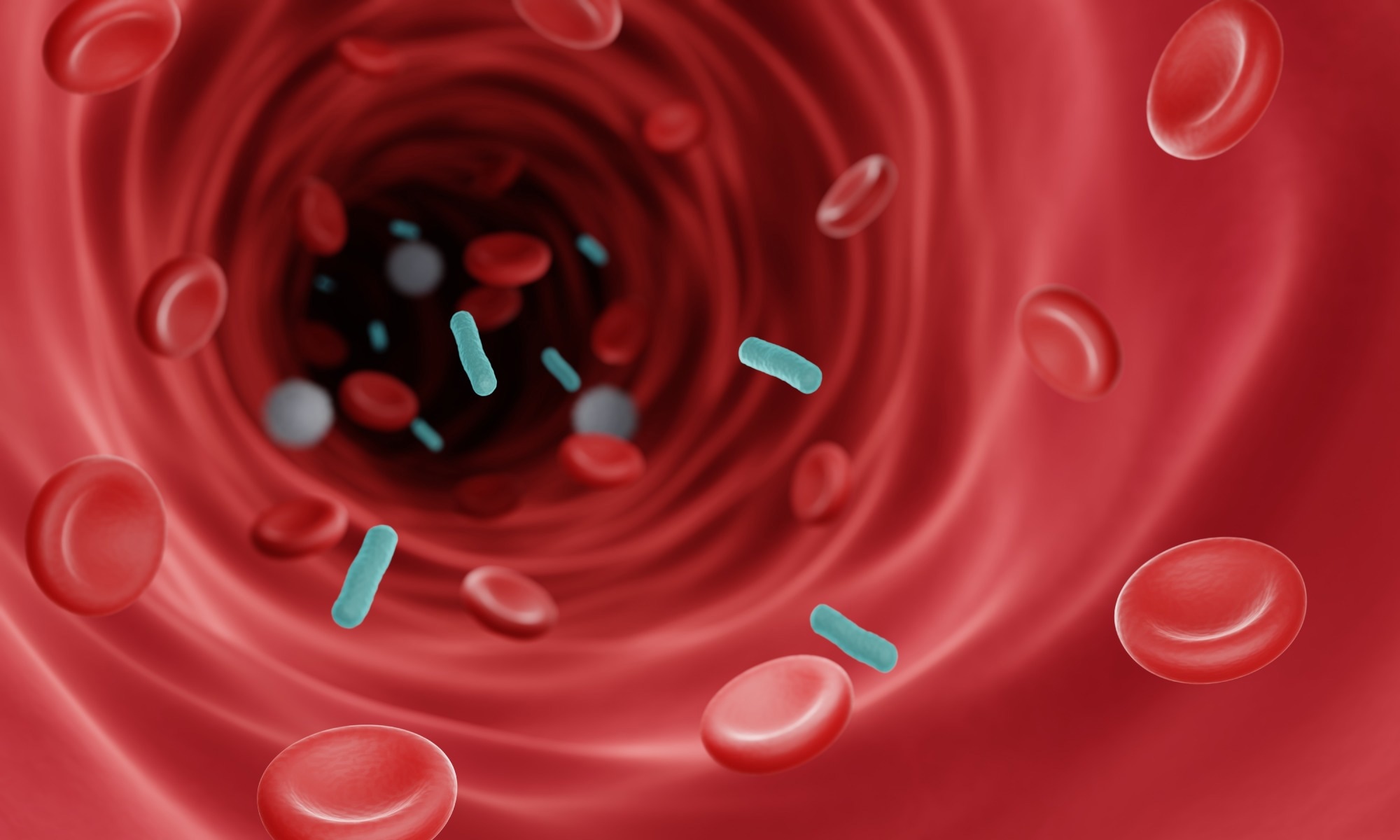In a recent study published in Jama Network Open, researchers investigated the effects of early postnatal exposure to antibiotics among infants in the participating networks of high-income countries. They also quantified the incidence of early-onset sepsis (EOS) and mortality in all infants with a gestational age greater than or equal to 34 weeks, born between January 1, 2014, and December 31, 2018.

Background
Antibiotics are often prescribed in neonatal units, and their prompt initiation saves lives in the cases of neonatal EOS. However, what drove antibiotic overuse in early life is the lack of precision of diagnostic tools used to detect sepsis.
The EOS incidence among late-preterm and full-term neonates has decreased over the last few years. Thus, the World Health Organization (WHO) began antimicrobial stewardship (AMS) programs to help doctors optimize antibiotic prescriptions and improve patients’ outcomes.
Neonatal antibiotic exposure disturbs the developing microbiome, resulting in several later diseases, including asthma, diabetes, allergy, and inflammatory bowel disease. Furthermore, these treatments adversely impact the duration of hospital stay and breastfeeding rates and increase health care costs. Overall, AMS is crucial in early life.
About the study
In the present retrospective, cross-sectional study, researchers screened 13 hospital- or population-based networks from 11 countries in Europe, North America, and Australia to compare early postnatal exposure to antibiotics, the incidence of culture-proven EOS, and all-cause and EOS-related mortality among infants, both late-preterm and full-term newborns. These infants received intravenous antibiotics in the first postnatal week for varying periods.
The researchers defined EOS as culture-proven EOS, by positive blood or cerebrospinal fluid (CSF) culture, in the first postnatal week, showing Diphtheroids or Micrococcus species as contaminants. Likewise, proven infections were those cultures showing growth of coagulase-negative staphylococci (CoNS) for more than five days. Neonates with no EOS received antibiotics but were not diagnosed with EOS. The team obtained indications for antibiotic treatment from electronic health records and infants’ records.
Regarding mortality, the team defined neonatal death as death before discharge or within 28 days among hospitalized cases. EOS-associated mortality was death within 28 days after positive blood or CSF culture. They calculated the proportion of newborns treated with antibiotics by dividing the number of newborns receiving a minimum of one dose of antibiotics in the first postnatal week by live births. The duration of antibiotic therapy was calendar days with at least one antibiotic dose. The sum of antibiotic days of each newborn divided by live births was antibiotic days per 1000 live births and indicated their antibiotic exposure.
The team reported all EOS episodes, excluding CoNS. They defined its incidence as the rate in all live-born neonates. All-cause mortality was deaths among all live-born neonates independent of antibiotic therapy and EOS. Finally, the team computed odds ratios (ORs) using the Mantel-Haenszel method for stratification. They analyzed data from October 2021 to March 2022 for all study cohorts and networks separately.
Study findings
Of 757,979 neonates born in 13 networks from 11 countries, 2.86%, including 59.4% boys with a median gestational age of 39 weeks and median birth weight of 3250 grams, received intravenous antibiotics during the first postnatal week. The proportion of neonates who received antibiotics ranged from 1.18% to 12.45% among networks (average 3%), resulting in an antibiotic exposure of 135 days per 1000 live births. The incidence of EOS was 0.49 cases per 1000 live births, and the EOS-associated mortality rate was 3.20%. The median duration of treatment was nine days for neonates with EOS and four days for those without EOS. For each EOS case, 58 neonates received antibiotics, and the team administered 273 antibiotic days.
Conclusions
Compared with the burden of EOS (disease), early postnatal antibiotic use (treatment) was high and disproportionate among the participating infants. Further, the researchers noted wide variations, up to nine-fold, in early postnatal antibiotic use across these international networks. Since the burden of treatment was more substantial than the burden of disease, a neonatal antibiotic treatment rate of less than or equal to 1% may be attainable.
More importantly, the current study defined a set of indicators reporting the dimensions to facilitate benchmarking and future interventions for safely reducing antibiotic exposure in newborns. It might help reduce the risk of antimicrobial resistance and preserve the developing microbiome to improve long-term health.
- Giannoni E, Dimopoulou V, Klingenberg C, et al. (2022). Analysis of Antibiotic Exposure and Early-Onset Neonatal Sepsis in Europe, North America, and Australia. JAMA Network Open. doi: 0.1001/jamanetworkopen.2022.43691 https://jamanetwork.com/journals/jamanetworkopen/fullarticle/2798898
Posted in: Medical Science News | Medical Research News | Disease/Infection News
Tags: Allergy, Antibiotic, Antimicrobial Resistance, Asthma, Birth Weight, Blood, Breastfeeding, Diabetes, Diagnostic, Health Care, Hospital, Inflammatory Bowel Disease, Microbiome, Mortality, Newborn, Sepsis

Written by
Neha Mathur
Neha is a digital marketing professional based in Gurugram, India. She has a Master’s degree from the University of Rajasthan with a specialization in Biotechnology in 2008. She has experience in pre-clinical research as part of her research project in The Department of Toxicology at the prestigious Central Drug Research Institute (CDRI), Lucknow, India. She also holds a certification in C++ programming.
Source: Read Full Article
